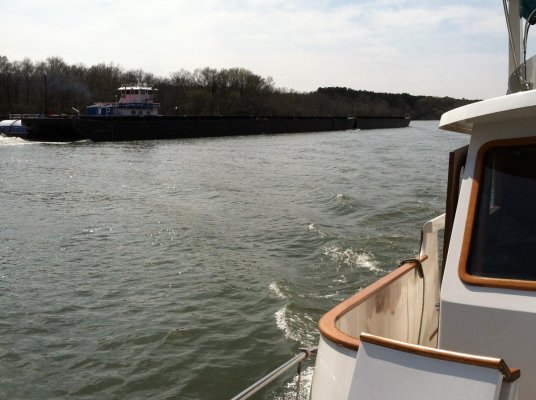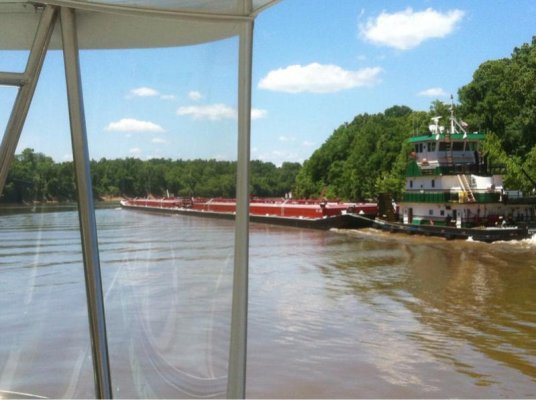I was just turned on to this article documenting a Great Lakes freighter running over a wooden Grand Banks 36 on the Detroit River a few years ago. For those of you that do the ICW and Great Loop and deal with freighter traffic like this, I cannot imagine going through this. We have our share of freighters in the PNW but fortunately there is more room for avoidance than these folks had. But regardless, conditions occur where this could happen everywhere. The need for safety and constant 360 degree observations remains the same.
I am guessing this might have been posted before but could not find it doing a search.
A Life-Changing Journey, Part 1 – The Adventure | Classic Boat News / Woody Boater
I am guessing this might have been posted before but could not find it doing a search.
A Life-Changing Journey, Part 1 – The Adventure | Classic Boat News / Woody Boater










